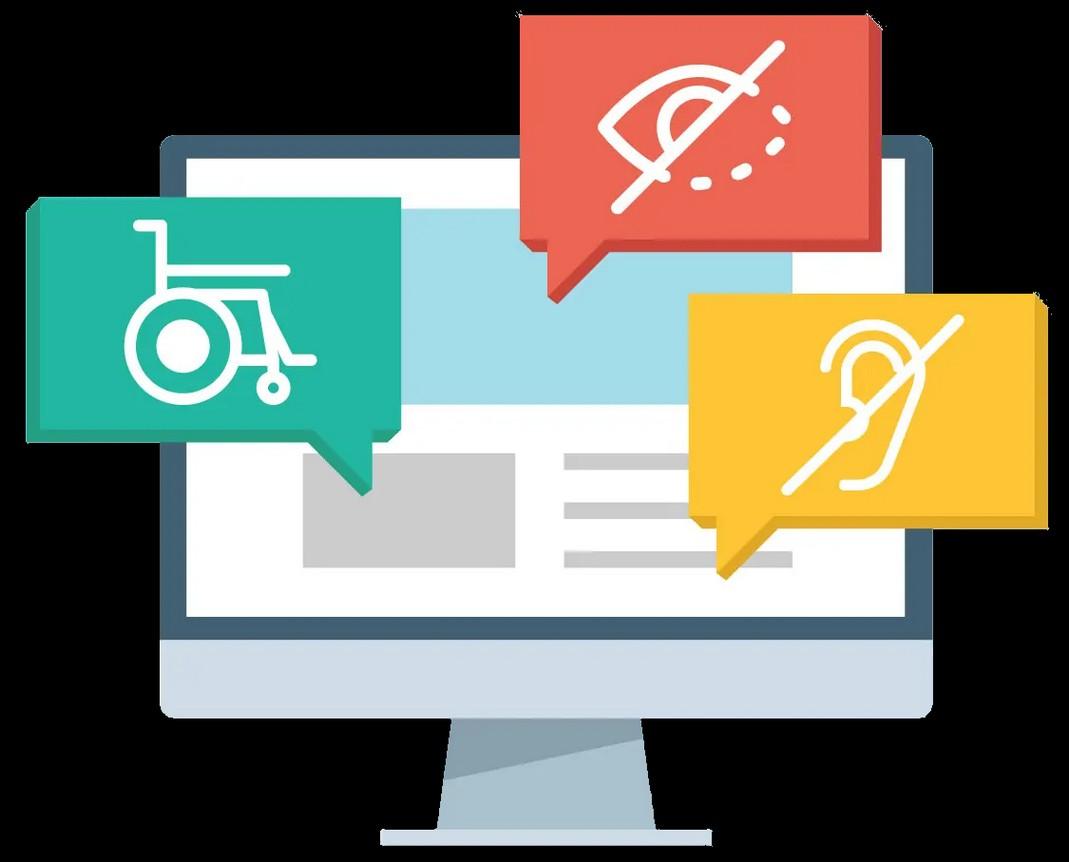Web design is a dynamic and evolving field that constantly adapts to new technologies, user preferences and market demands. In this article, we will explore some of the most prominent web design trends and innovations that are expected to shape the future of web design in the coming years.
Progressive Web Apps (PWA)
Progressive web apps are web applications that offer a native app-like experience to users, without requiring them to download or install anything. They are fast, reliable and engaging, and can work offline, send push notifications and access device features. PWAs are becoming more popular as they offer many benefits to both users and developers, such as:
- Improved performance and user satisfaction
- Reduced development and maintenance costs
- Enhanced SEO and discoverability
- Increased conversion and retention rates
Some examples of successful PWAs are Twitter, Pinterest, Starbucks and Spotify
AI in Integrating Solutions
Artificial intelligence (AI) is a powerful tool that can enhance web design in various ways, such as:
- Automating repetitive tasks and workflows
- Generating content and design elements
- Personalizing user experiences and recommendations
- Analyzing data and providing insights
- Improving accessibility and usability
AI can also help integrate different solutions and platforms, such as e-commerce, CRM, CMS, social media and analytics, to create seamless and holistic web experiences. For instance, AI can help connect a web store with a chatbot that can assist customers with their queries, purchases and feedback

New Experiences with AI Chatbots
AI chatbots are conversational agents that can interact with users via text or voice, using natural language processing (NLP) and machine learning (ML). AI chatbots can provide various benefits to web design, such as:
- Offering 24/7 customer service and support
- Increasing user engagement and loyalty
- Collecting user feedback and data
- Providing personalized and relevant information
- Enhancing brand personality and voice
AI chatbots are becoming more advanced and human-like, capable of understanding user intents, emotions and contexts, and providing natural and empathetic responses. Some examples of innovative AI chatbots are Replika, Mitsuku and Woebot1.
Voice Related to Commerce and Navigation
Voice is another form of natural language interaction that is gaining popularity in web design. Voice enables users to communicate with websites using voice commands or queries, instead of typing or clicking. Voice can improve web design by:
- Simplifying user input and navigation
- Increasing user convenience and accessibility
- Creating more immersive and interactive experiences
- Leveraging voice assistants like Alexa, Siri and Google Assistant
Voice can also be used for commerce purposes, such as searching for products, placing orders, making payments and tracking deliveries. Some examples of voice-enabled websites are Domino’s Pizza, ASOS and BBC1.
Single Page Websites (SPW/SPA)
Single page websites are websites that consist of only one page, where all the content is loaded dynamically without refreshing the page. Single page websites are also known as single page applications (SPA), which use frameworks like React, Angular or Vue to create interactive web interfaces. Single page websites can enhance web design by:
- Improving loading speed and performance
- Reducing development time and complexity
- Providing a smooth and seamless user experience
- Focusing on the essential content and message
Single page websites are suitable for simple websites that do not require a lot of information or functionality, such as portfolios, landing pages or resumes. Some examples of single page websites are Apple AirPods Pro1, Stripe2 and The History of Climate Change3.
Accelerated Mobile Pages (AMP)
Accelerated mobile pages are web pages that are optimized for mobile devices, using a set of rules and components defined by the AMP Project. AMP pages are designed to load faster and consume less data than regular web pages, which can benefit web design by:
- Improving mobile user experience and satisfaction
- Boosting SEO ranking and traffic
- Increasing conversion and retention rates
- Supporting various formats like stories, ads and email

